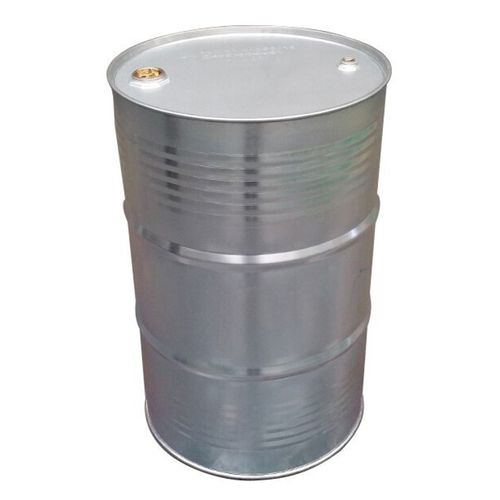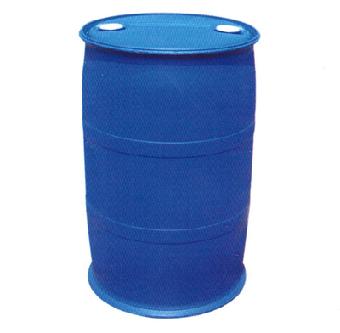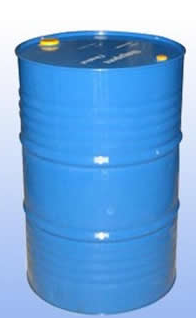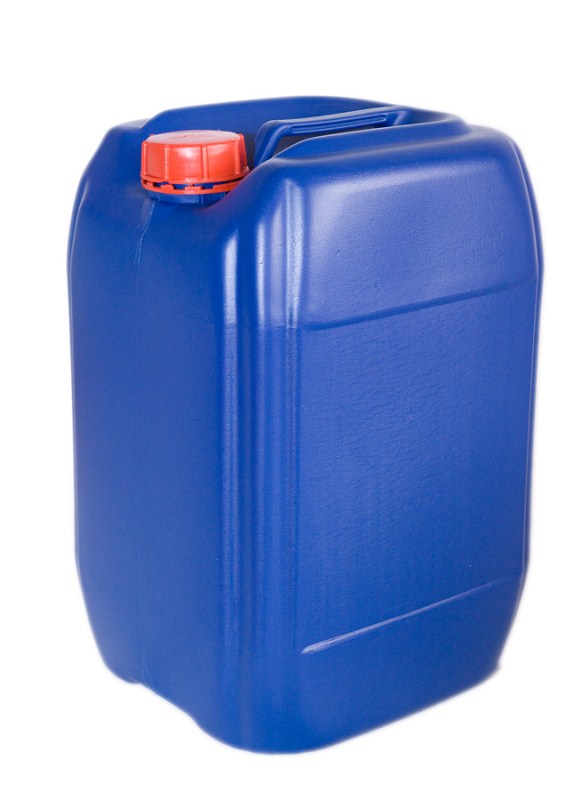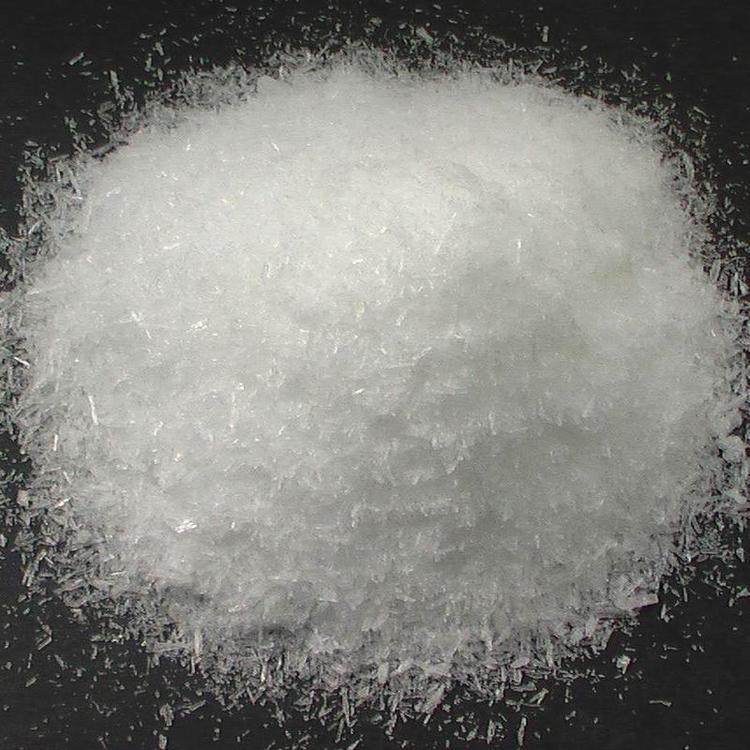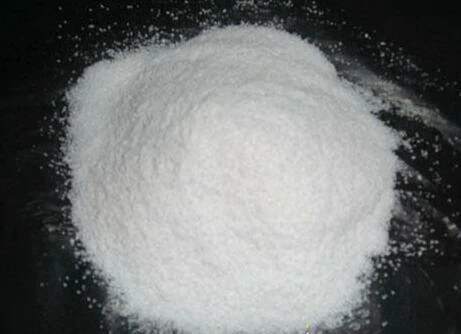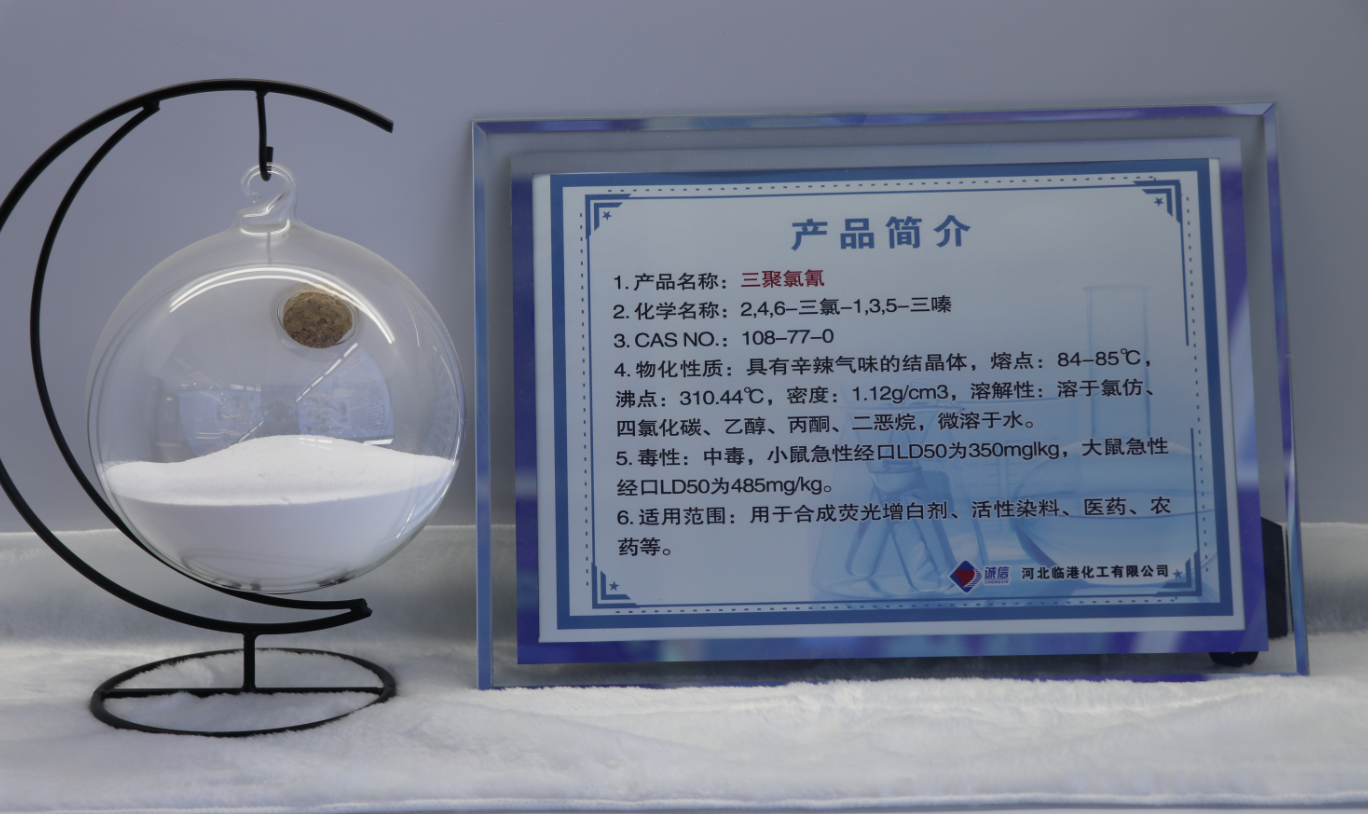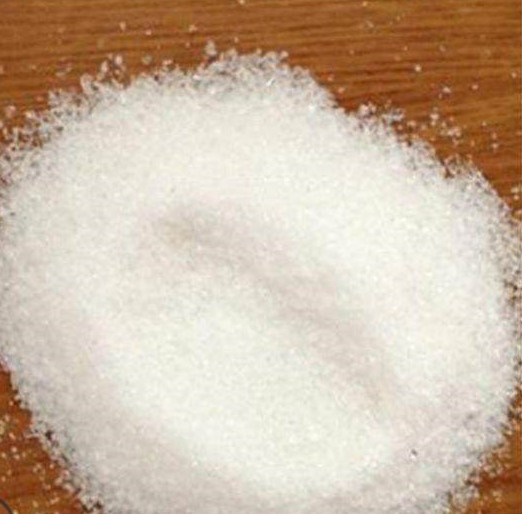Antioxidant
Other Auxiliary Agent
Petroleum Additives
Adsorbent
Water Treatment Chemicals
Rubber Additives
Adhesive Additives
Cross-Linking Agent
Flame Retardants
UV Absorbers
Organic Extractant
Resin Additives
Electronics Chemicals
Pesticide Additives
Building Chemicals
Plastic Additives
Oilfield Chemicals
Adhesive
Plastic Rubber Chemicals
Paper Additives
Molecular Sieve
Coating Additives
Textile Auxiliaries
Fluorescent Brightener
Polyethylene Glycol Derivatives
Coupling
Forest Chemicals
Leather Auxiliary Agents
Beneficiation Agents and Smelting Additives
Dye Auxiliaries
CAS:107-11-9
Molecular Formula:C3H7N
Alias
More Information
2-Propeneamine; 2-Propenylamine; Alkylamine; 1-Amino-2-Propene; 3-Aminopropen; 3-Aminoprop-1-Ene; 2-Propenamine; Allylamin; 2-Propen-1-Amine; Allyl Amine
Brief Introduction
Allylamine is an organic compound with the chemical formula C3H7N. Allylamine is a colorless liquid and is the simplest stable unsaturated amine.
Suppliers
View More Vendors (2) >
CAS:108-05-4
Molecular Formula:C4H6O2
Alias
More Information
Acetic Acid Ethenyl Ester; Vinyl Acetate Monomer; Acetic Acid,Ethenyl Ester; Acetic Acid Vinyl Ester Monomer; Acetoxyethylene; Acetic Acid,Vinyl Ester; Ethenyl Acetate; Vinyl Acrylic Monomer; VAM
Brief Introduction
Vinyl acetate is an industrial chemical that is produced in large amounts in the United States. It is a clear, colorless liquid with a sweet, fruity smell. It is very flammable and may be ignited by heat, sparks, or flames. Vinyl acetate is used to make other industrial chemicals. These chemicals are used mainly to make glues for the packaging and building industries. They are also used to make paints, textiles, and paper. Vinyl acetate is also used as a coating in plastic films for food packaging and as a modifier of food starch.
Suppliers
View More Vendors (2) >
CAS:108-20-3
Molecular Formula:C6H14O
Alias
More Information
DIPE; Isopropyl Oxide; 2-Isopropoxypropane; Diisopropyl Ether; I-Propyl Ether; Diisopropyloxide; Ether,Isopropyl; 1,1'-Dimethyldiethyl Ether; 1-Methyl-1-(1-Methylethoxy)Ethane; 2,2'-Oxybis-Propan; 2,2'-Oxybispropane; 2,2'-Oxybis-Propane
Brief Introduction
Isopropyl ether is a good solvent for animal, vegetable and mineral oils, which can be used to extract nicotine from tobacco; It is also a good solvent for paraffin and resin.Isopropyl ether is often mixed with other solvents in the dewaxing process of paraffin based oil. As a solvent, diisopropyl ether is also used in pharmacy, smokeless powder, coating and paint cleaning. Isopropyl ether has high octane number and frost resistance, and can be used as gasoline admixture. This product is easy to form peroxide, which will explode when shaking. P-benzylaminophenol is often added as stabilizer. The anesthetic effect of Isopropyl ether is lighter than that of ether, but the duration of anesthesia is longer.
Suppliers
View More Vendors (2) >
CAS:108-45-2
Molecular Formula:C6H8N2
Alias
More Information
Benzene-1,3-Diamine; Meta-Phenylenediamine (Mpd); 1,3-Benzenediamine; 1,3-Phenylenediamine; Diaminobenzene; Meta-Aminoaniline; meta Phenylene Diamide; Meta-Phenylenediamine; META Phenylene Diamine
Brief Introduction
1,3-phenylenediamine appears as colorless or white colored needles that turn red or purple in air. Melting point 64-66 C. Density 1.14 g / cm3. Flash point 280 F. May irritate skin and eyes. Toxic by skin absorption, inhalation or ingestion. Used in aramid fiber manufacture, as a polymer additive, dye manufacturing, as a laboratory reagent, and in photography.
Suppliers
View More Vendors (2) >
CAS:108-77-0
Molecular Formula:C3Cl3N3
Alias
More Information
Cyanuric Chloride For Synthesis; Cyanurchlorid; 2,4,6-Trichloro-1,3,5-Triazine; 1,3,5-Triazine,2,4,6-Trichloro-; Cyanuric Chloride (2,4,6-Trichloro-1,3,5-Triacine); 2,4,6-Trichloro-S-Triazine; Cyanuricchloride; 2,4,6-Trichloro-[1,3,5]Triazine; 1,3,5-Triazine, 2,4,6-Trichloro-; Cyanuric Chloride in China; Cyanuric
Brief Introduction
Cyanuric chloride is a white crystal with strong irritating chlorine smell, corrosive to skin, irritating and tear inducing to eyes, soluble in anhydrous ethanol, ether, chloroform, acetic acid and acrylonitrile, and insoluble in cold water. Cyanuric chloride is an important intermediate in the production of highly efficient and low toxic triazine herbicides and insecticides, as well as in the production of fluorescent brightener, polyester and other reactive dyes for synthetic fiber dyeing. It is also used in the production of synthetic resin, rubber, polymer antioxidant, explosive, fabric shrinkable agent, surfactant, etc.
Suppliers
View More Vendors (2) >
Inquiry (
10
/ 10
)
Clear All
Sign In
Error!

